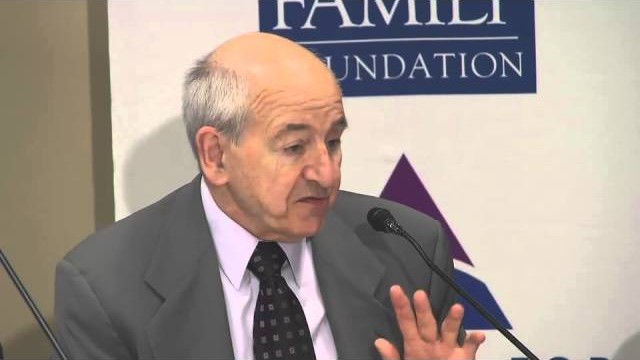With Medicare Advantage (Part C) and prescription drug (Part D) open enrollment beginning October 15th, this briefing took a close look at what to expect, including trends in premiums and cost sharing, plan availability and benefit design.
The day following the briefing, Medicare beneficiaries were able to enroll in the Medicare Advantage and prescription drug programs. About one-third of beneficiaries now opt for private health plans – mostly HMOs and PPOs – through the Medicare Advantage program. And, about 69 percent of beneficiaries get prescription drug coverage, either through their Medicare Advantage plans, or by purchasing stand-alone plans.
Sean Cavanaugh, deputy administrator and director of the Center for Medicare at the Centers for Medicare & Medicaid Services, provided information about trends in plan availability, benefit design, premiums and other costs.
Gretchen Jacobson, associate director of the Kaiser Family Foundation’s Program on Medicare Policy, discussed trends in the Medicare Advantage program, including the stability of plan availability, changes in premiums and out-of-pocket limits and the tendency of enrollees to stick with their Medicare Advantage plans.
Jack Hoadley, health policy analyst and researcher at Georgetown University, discussed what to expect in Medicare’s Part D prescription drug open enrollment, particularly in regard to the number of plans available, cost trends, coverage gaps and low-income subsidies.
Mark Hamelburg, senior vice president of federal programs at America’s Health Insurance Plans, addressed both successes and challenges, including high cost drugs, the upcoming Medicare Part B premium increase, and the star quality rating system.
Ed Howard of the Alliance for Health Reform and Tricia Neuman of the Kaiser Family Foundation introduced the panel and co-moderate.






